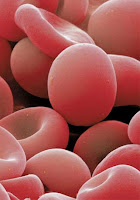Algae: Plantlike protists.
Budding: reproduction in which a small part of the parent grows into a new organism.
Club fungi: Fungi with club-shaped parts that produce spores.
Hyphae: threadlike structures that make up the bodies of most fungi.
Lichen: a fungus and an organism with chlorophyll that live together.
Multicellular: an organism thaving many different cells that do certain jobs for the organism.
Protozoan: one-celled animal-like organism with a nucleus.
Sac fungi: fungi that produce spores in saclike structures.
Slime mold: funguslike protists that are consumers.
Sporangia: structures, found on the tips of hyphae that make spores.
Sporangium fungi: fungi that produce spores in sporangia.
Spore: special cells that develop into new organisms.
Sporozoan: protozoans that reproduce by forming spores.

















































